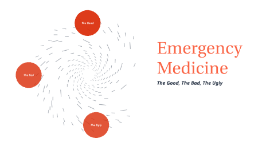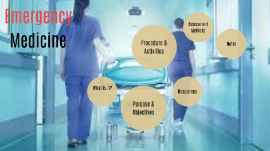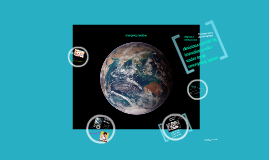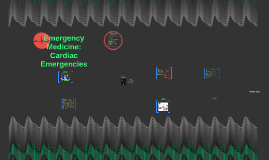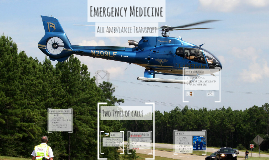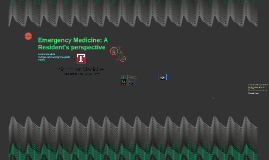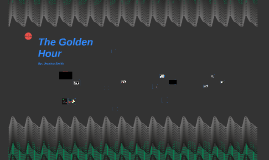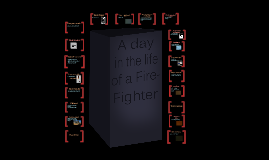Emergency Medicine
Transcript: Case 2: Carjacking/Hit & Run - 5 victims 3 children 2 adults Triage Resource Management Stabilization Communicating Bad News A Jack of All Trades and Masters of None? Nope! It's not that bad You can have a life most of the time It's really fun! But you work a lot of weekends Still, it's more flexible than you would think! Thank You! 1. Go to school & Don't do Drugs: Grades, Scores - USMLE STEP 1, Clerkships! --> Recommendations 2. Rotations - how to do a good job 3. Extracurriculars: community service, leadership and creativity 3. EMIG, ACEP/EMRA, AAEM We are experts in resuscitation and Emergency treatment, diagnostics and procedures! We care for the undifferentiated patient better than anyone! How to get into an EM Residency? Emergency Medicine is a backstage pass to the most intense events in the lives of the people of your community. High Energy, Intense, Rewarding. Intubation. Reduction. Defibrillation. Cardioversion. CardiacPacing. CentralIVAccess. Arterial-lines. NerveBlocks. ChestTubes. Thoracotomy. NeedleDecompression. Lateral canthotomy. Joint Aspiration. Lumbar Puncture. Laceration repair. Foreign Body Removal. Not for the Faint at Heart Emergency Medicine: A Resident's perspective Everyday is Entertaining! Teamwork Fun, Energetic Relaxed atmosphere Wear Pajamas to Work First Name Basis Excitement, Variety, Unpredictable, Procedures, Thinking on your feet, Fast Results, Lifestyle, Subspecialities, Teamwork, the People "Emergency Medicine is the most interesting 15 minutes of every other specialty" - Joe Lex Day in the Life of a Resident Linda Sanders Temple University Hospital PGY3 Hot Topics in Emergency Medicine: Sepsis, Ultrasound, Twitter Emergency Medicine Podcasts/Blogs: Skeptics guide to Emergency Medicine, ALIEM, REBELEM, EMBasic, EmCRIT, ERCast, FOAMed We laugh A lot! Tumbleweave. The regular hallway patient. Turkey sandwiches found on physical exam. Crazy traumas. Friday night drunks. Fun images. Foreing bodies Uncertainty Case 1: Food Truck Explosion The People Be an advocate at TCMC Great tool for learning anatomy, procedures Emergency Medicine Uses: Cardiac Arrest, Trauma, Pregnancy, Causes of Dyspnea, Fluid Status, Soft Tissue infection, Kidney stones Do a 4th Year rotation! Free Open Access Medical Education FOAMed EM: The Specialty Why? Procedures Disaster Medicine Making decisions without all of the information. Not knowing the outcome Did you do the right thing for the patient? FISHBOWL EFFECT Lack of gratitude Be comfortable with imperfection in your environment and yourself Ultrasound in Emergency Medicine Sick patients Disaster Medicine Diagnostics --> ActioN! 62 ECG bpm






